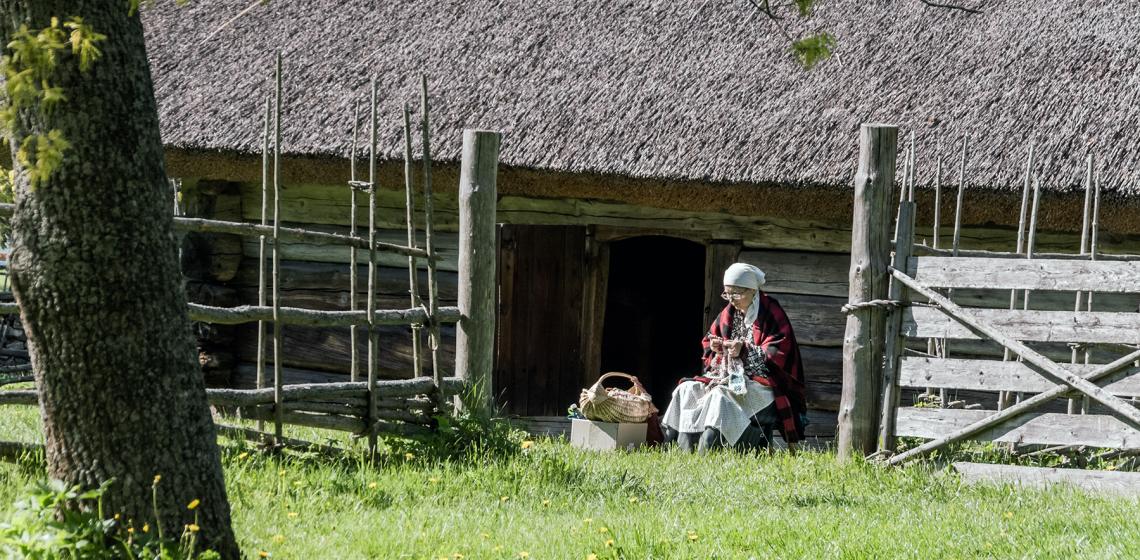Eesti Vabaõhumuuseum (EE)

The Estonian Open-Air Museum, located in Tallinn, Estonia, is a large outdoor museum that provides a comprehensive insight into the traditional rural life and architecture of Estonia. Established in 1957, the museum spans about 72 hectares and features a variety of historical buildings and cultural exhibits from different regions of the country.
Open from
Key features include:
- Historical Buildings and Village Layout: The museum consists of around 80 authentic buildings that have been relocated from various parts of Estonia. These include farmhouses, windmills, watermills, schoolhouses, chapels, and other rural structures. The buildings are arranged to represent a typical 18th-20th century Estonian village.
- Living History Demonstrations: Costumed interpreters perform traditional activities and crafts, such as blacksmithing, weaving, baking, and farming. These demonstrations provide visitors with a vivid picture of everyday rural life in historical Estonia.
- Themed Sections: The museum is divided into several sections, each representing different regions and aspects of Estonian rural life. These sections include Western Estonia and Islands, Northern Estonia, Southern Estonia and Setomaa.
- Cultural Exhibits and Collections: The museum houses a variety of artefacts, including traditional clothing, furniture, tools, and household items, which help to illustrate the cultural heritage of Estonia.
- Interactive Experiences and Educational Programs: Visitors can engage in hands-on activities such as traditional cooking, folk dancing, and seasonal agricultural tasks. These interactive experiences offer a deeper understanding of Estonia's rural heritage. Educational programs focus on various aspects of Estonian history, culture, and traditional crafts.
The Estonian Open-Air Museum offers a rich and engaging exploration of Estonia's rural past, making it a significant cultural and historical attraction in Tallinn.
